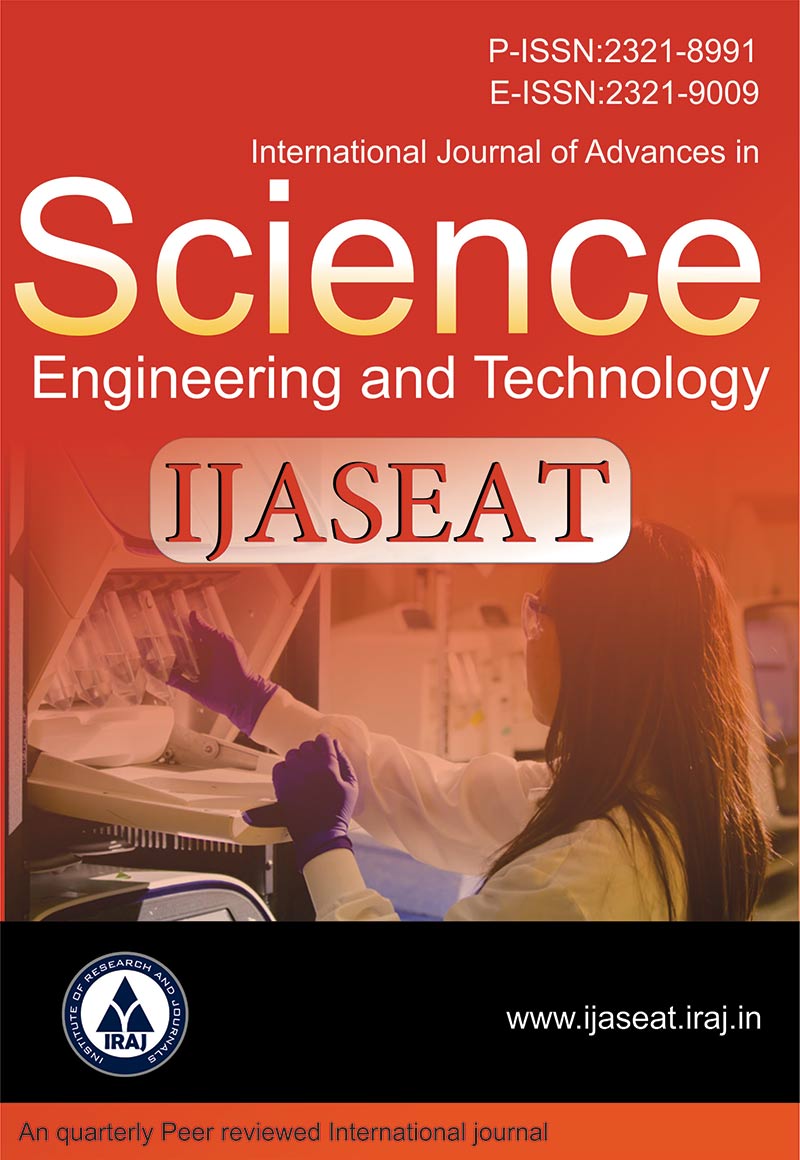Publish In |
International Journal of Advances in Science, Engineering and Technology(IJASEAT)-IJASEAT |
 Journal Home Volume Issue |
||||||||
Issue |
Volume-6, Issue-4, Spl. Iss-1 ( Nov, 2018 ) | |||||||||
Paper Title |
Development of Strategies for Conservation of S.Asoca: An Important Globally Vulnerable Tree Species in Western Ghats India | |||||||||
Author Name |
Sumangala R C., Ganesh D., Sachin Rosario., Vasudeva R., Uma Shaanker R., Ravikanth G. | |||||||||
Affilition |
Department of Plant Biotechnology, School of Biotechnology, Madurai Kamaraj University, Palkalai Nagar-625 021 Madurai, Tamil Nadu, India. Conservation Genetics Laboratory, Ashoka Trust for Research in Ecology and the Environment, Royal Enclave, Srirampura, Jakkur Post, Bangalore 560 064, India. Department of Crop Physiology and School of Ecology and Conservation, University of Agricultural Sciences, Bangalore 560 065, India. Department of Forest Biology & Tree Improvement, College of Fore | |||||||||
Pages |
57-63 | |||||||||
Abstract |
In recent years, indiscriminate and rampant extraction of the wood to meet the ever-increasing herbal market demand has led to a sharp decline in naturally occurring populations of the species. In many pockets within the Western Ghats, the population size is critically low. The continuous exploitation of several medicinal plant species from the wild and substantial loss of their habitats during the past 15 years have resulted in the population decline of many high value medicinal plant species over the years The present study is examining the genetic diversity and population structure of this species across Western Ghats, one of the global biodiversity hot-spots. A total of 78 alleles with an average of 15.6 alleles per locus were found across the 12 populations. The allelic richness per locus ranged from 2.6 to 5.03. The results obtained from the present investigation is discussed for development of viable conservation strategies for S. asoca in the Western Ghats. Keywords - Niche Suitability, Microsatellite Markers, Genotyping, Globally Vulnerable | |||||||||
| View Paper | ||||||||||